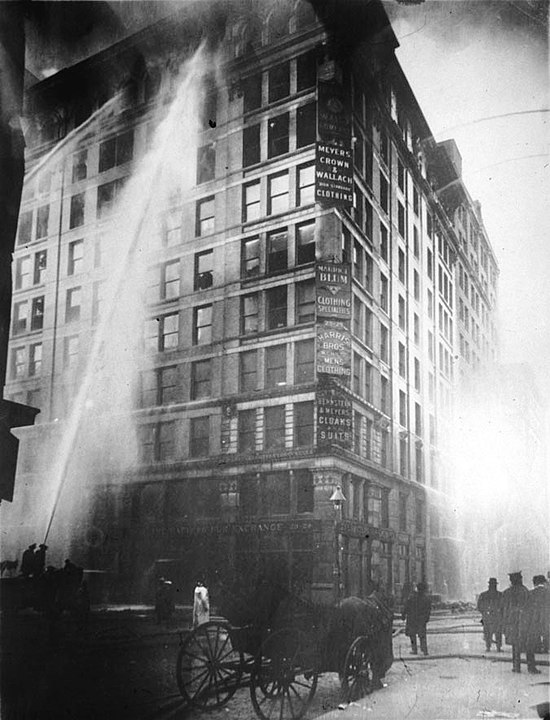On Saturday March 25, 1911, the Triangle Shirtwaist Factory in New York City experienced a devastating fire that claimed the lives of 146 workers, most of whom were young women. The tragedy shook the nation and became a turning point for workplace safety and fire prevention in the United States. In the wake of the Triangle fire, new building codes and safety regulations were established to protect workers from similar disasters. One of the most significant changes was the adoption of fire alarm systems in buildings, which have since become a crucial component of fire safety.
Prior to the Triangle fire, there were few regulations in place to protect workers in factories and other workplaces. Employers were not required to provide safe working conditions or fire prevention measures, and many factories were overcrowded and lacking in basic safety features. When the Triangle fire broke out, workers found themselves trapped in a building that had inadequate fire escapes, locked doors, and fire alarm systems barely existed. Many were unable to escape the flames and perished as a result.
The public outcry that followed the Triangle fire led to a wave of reforms aimed at improving workplace safety and fire prevention. In 1913, the National Fire Protection Association (NFPA) was founded to establish fire safety standards and promote fire prevention measures. The NFPA worked with architects, builders, and engineers to create new building codes that required fire-resistant materials, improved ventilation, and proper exits and fire escapes. These codes also mandated the installation of fire alarm systems in many new buildings dependent on occupancy and use group.
Fire alarm systems have since become a standard feature in commercial and residential buildings. These systems use a network of sensors, alarms, and communication devices to alert occupants of a potential fire and facilitate a rapid response from firefighters and other emergency personnel. Modern fire alarm systems can detect a wide range of fire-related hazards, including smoke, heat, and carbon monoxide. They can also be integrated with other building systems, such as sprinklers and security systems, to provide a comprehensive safety solution.
The legacy of the Triangle fire lives on in the building codes and safety regulations that have been established in its wake. Thanks to the efforts of safety advocates and the tireless work of firefighters and other emergency personnel, workplaces and public spaces are now much safer than they were in 1911. Fire alarm systems are just one example of the many safety measures that have been put in place to protect the public and prevent disasters like the Triangle fire from ever happening again.





